Zìchéng Theater (自成大戲院) is a derelict cinema located in Baozhong, a rural township on the coastal plains of Yunlin, Taiwan. After opening in 1966 this theater drew enormous crowds from the surrounding districts, particularly in its early years of operation, when it was customary for movie stars to appear on stage to promote new films. Business began to decline with the closure of the nearby sugar factory and the widespread adoption of home television in the late 1970s, ultimately leading to the final screening sometime around 1985. Since then the theater has remained idle, slowly decaying with the passage of years, its fading fortunes mirroring those of the surrounding settlement.
Baozhong hasn’t always been so desolate; it prospered during the booming years of the Taiwan Miracle, partly due to its proximity to Lóngyán Sugar Factory (龍巖糖廠), originally located just north of town. Founded in 1935 by the Dai-Nippon Sugar Co., the factory was nationalized under the control of the Taiwan Sugar Corporation after the war. At its peak in the 1950s it employed more than 500 factory workers and auxiliary staff1, and supported thousands of other jobs for farmers and general laborers in the surrounding countryside. All this economic activity generated a demand for entertainment—which is what prompted a member of the local gentry to invest in building what was, in those days, such an impressive movie theater.
Established by local businessman Wú Tàixióng (吳泰雄), Zicheng Theater was named in honor of his father’s rice mill and oil factory, originally located on the same plot of land2. Not knowing much about the industry, Wu commissioned the team responsible for designing and building Mínzú Theater (民族戲院) in Tainan, who then constructed an almost identical copy here in coastal Yunlin3. With a capacity of 800 it was among the largest theaters in the county when it was completed4.
In its early years of operation Zicheng Theater employed two ticket collectors, two salespeople, a movie poster painter (who also rode around town on a tricycle advertising upcoming films), and a dedicated projectionist. Foreign language films also required the assistance of a narrator, for they had to be translated live for the audience, as this was long before the popularization of subtitles in Taiwan. Even domestic films might have involved some level of translation, particularly into the 1970s, when Taiwanese Hokkien (spoken by a majority of Baozhong residents) was replaced by Mandarin Chinese as the primary language of local filmmaking5.
The highly competitive Taiwanese cinema industry of the 1960s relied on a variety of promotional strategies to bolster attendance and energize audiences. Along with other leading cinemas of the time, Zicheng Theater regularly hosted onstage appearances by movie stars, who typically appeared during an interlude, or after a screening6. Although by modern standards you might expect the stars to interact with audiences and perhaps answer questions, it was typical for talent to play music, dance, and sing—or perform a small skit, sometimes without any connection to the film itself. Onstage appearances eventually gave way to bawdier forms of entertainment as the cinema industry struggled to remain relevant toward the end of the 1970s7, but Mr. Wu adamantly refused to follow industry trends, proudly remaining family-friendly until the end.
International sugar prices collapsed in the late 1960s and Longyan Sugar Factory struggled to remain profitable. Taiwan Sugar Corporation eventually decided to cut their losses and abolish the plant—the first of many such closures in the waning years of the Taiwan Miracle. Work units were relocated to the nearby Huwei Sugar Factory (虎尾糖廠) and Longyan closed in 1978. The exodus of sugar factory workers and their families to parts beyond had enduring ramifications for Zicheng Theater.
The theater muddled along for another half decade or so, but it was clear its glory days were receding into memory. In the mid-1980s a typhoon struck Baozhong, ripping off the rooftop and causing considerable damage to the interior of the theater. Although repairs were conducted, replacing the damaged rooftop with metal sheeting, Mr. Wu soon decided to switch off the lights at Zicheng Theater, ending nearly two decades in the cinema industry8. And so it remains almost 40 years later: a hulking slate grey reminder of a lost age of prosperity, readily accessible to anyone who might wander by.
- The famous singer Teresa Teng (鄧麗君, 1953–1995) was born in Baozhong. Her father was a KMT veteran working as a guard at the sugar factory. I’ve seen no mention of her visiting Zicheng Theater but it’s fair to assume she would have gone there at some point. If you’d like to know more there’s a museum in Baozhong dedicated to her memory (鄧麗君出生地文化園區). ↩
- The factory was named Zìjǐ (自己, literally “self” or “oneself”) and it achieved success (chénggōng 成功), hence “Zicheng”, which combines the first characters in both. ↩
- Minzu Theater was partly demolished years ago, making way for a cram school complex. Inexplicably, the right third of the building was not demolished, but rudely transformed into a shophouse. Take a look at the front of Zicheng Theater and imagine knocking down most of the building but saving the part on the right—that’s how the remnants of Minzu Theater appeared until 2020, when it was renovated to remove almost all traces of the original structure. ↩
- Theater size is often measured in terms of capacity, but many golden age theaters of this variety could accommodate around the same number of people: 800, give or take a hundred or so. Yunlin was home to dozens of theaters in the 1960s, and although the largest of these were probably located in the administrative capital, Douliu, none remain. Xiluo Theater and Jincheng Theater are comparable in size, or might even be a little larger, depending on how you measure these things. ↩
- This article provides some background information about Taiwanese language cinema. ↩
- The custom of making onstage appearances are known as 隨片登台 in Chinese. Onstage Appearance is also the name of a 2020 art house film exploring the legacy of Taiwanese cinema of the 1960s. This article by Chiu Kun-liang (邱坤良), former minister of cultural affairs, goes into greater detail about the practice. This article dives deep into the history of onstage appearances, citing public performances by bicultural actress Yoshiko Yamaguchi (also known as Li Hsiang-lan (李香蘭) in Chinese) in the 1940s as early examples from the Japanese colonial era. ↩
-
As the theater industry began to decline in the 1970s it wasn’t uncommon for owners to pivot to exploitation films and pornography—or even more risqué
forms of entertainment. A form of Taiwanese burlesque involving skits, singing, and stripping became popular in the 1980s, euphemistically known as niúròuchǎng (牛肉場, “beef fair” or “beef market”), for all the flesh that was bared. More about this practice can be found here. ↩ - Much of the history of this theater was gleaned from the Taiwan Culture Memory Bank and a Facebook photo gallery posted by Baojhong News (褒忠報你知). ↩
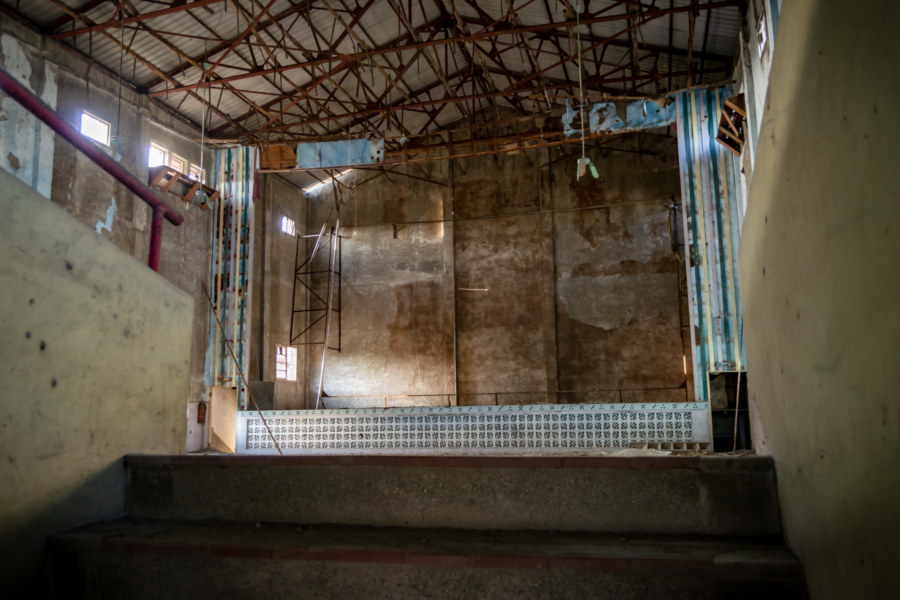
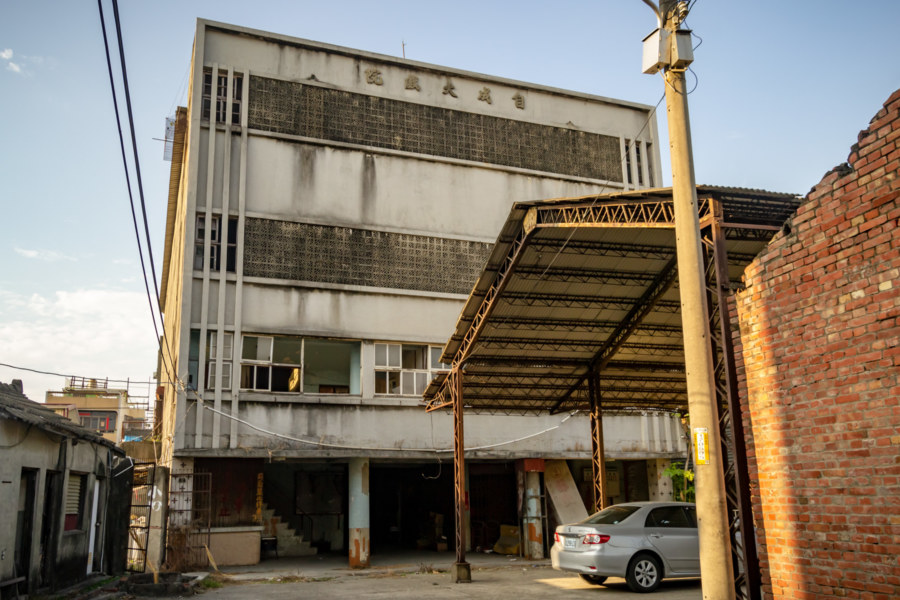

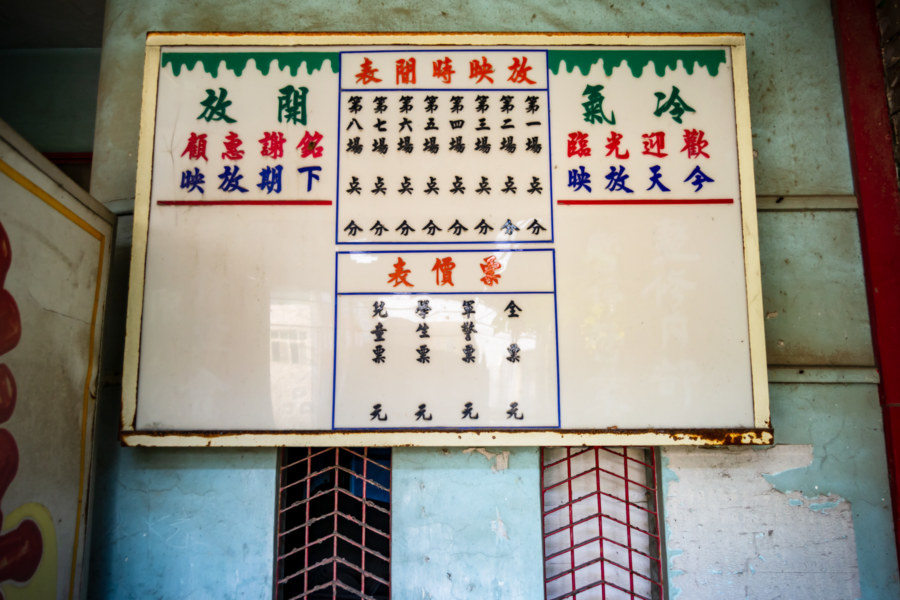
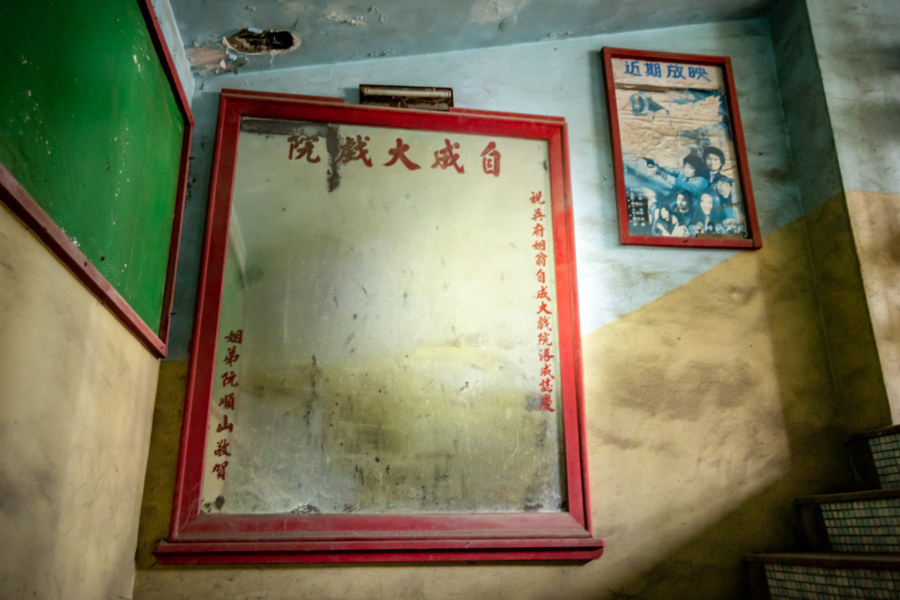

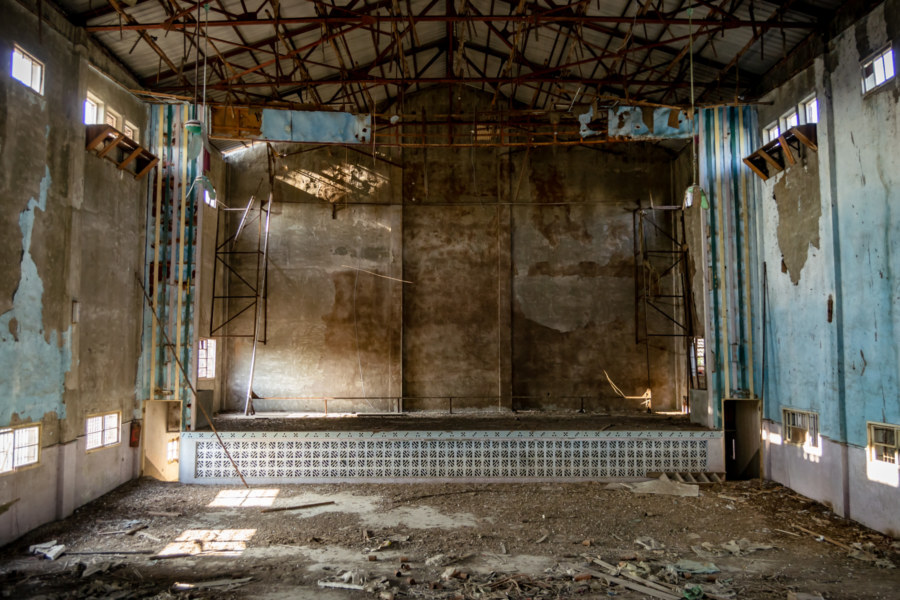
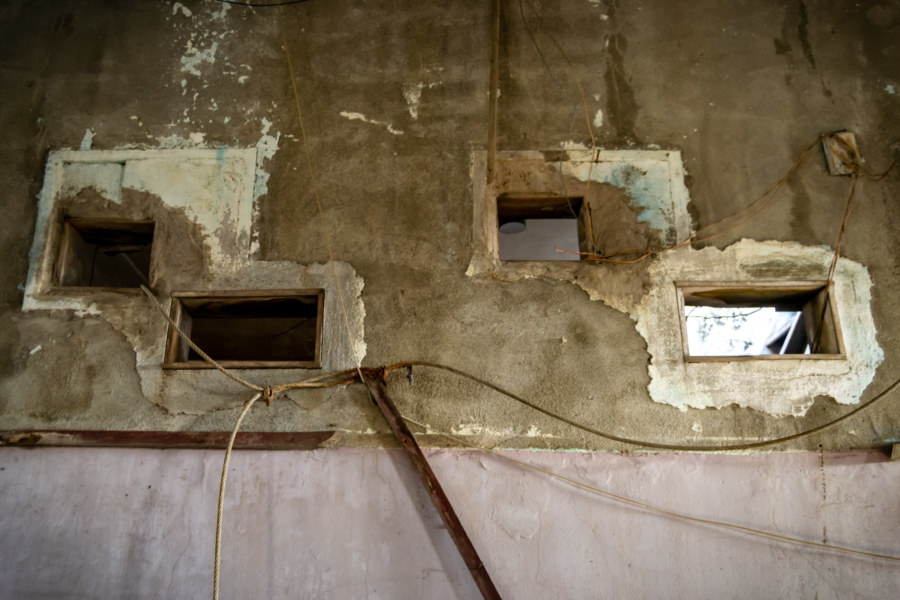
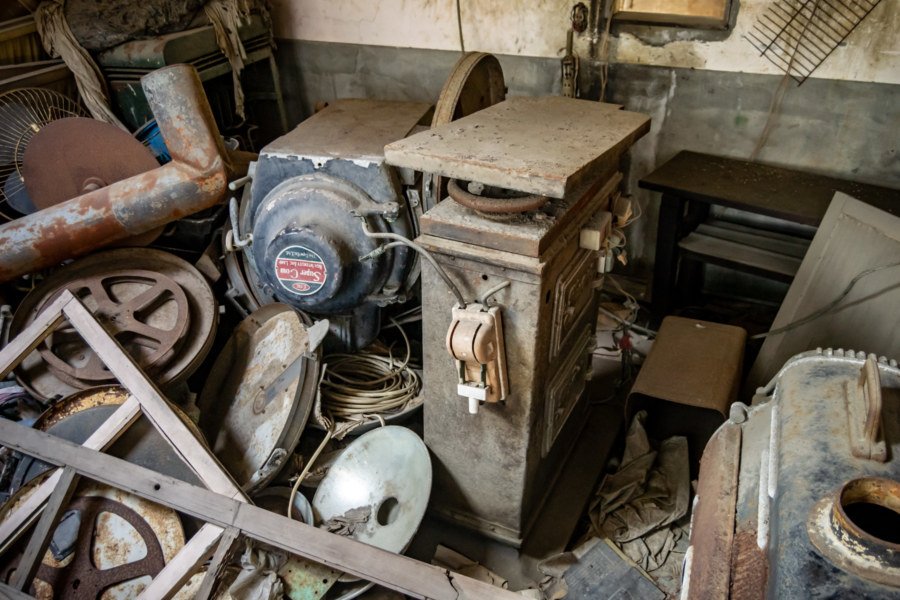
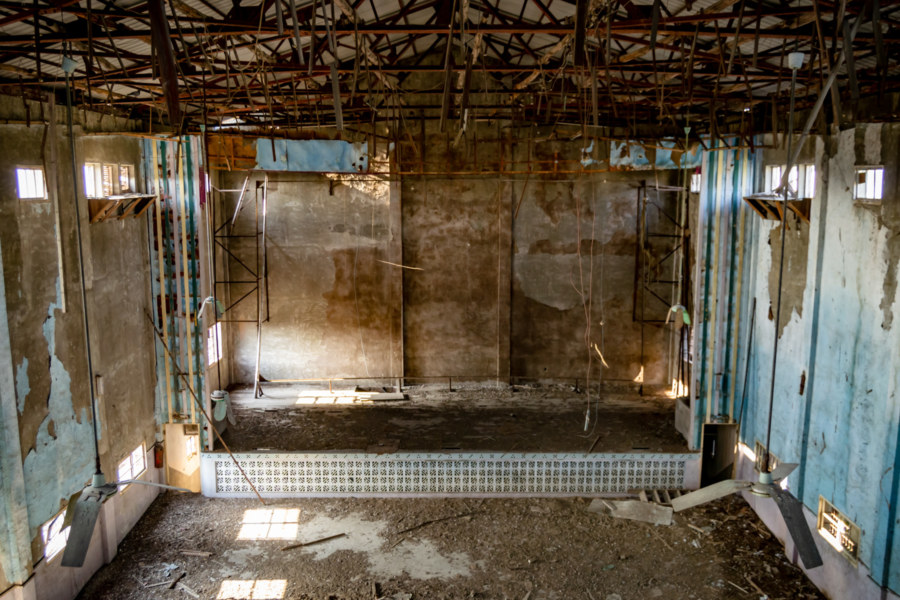
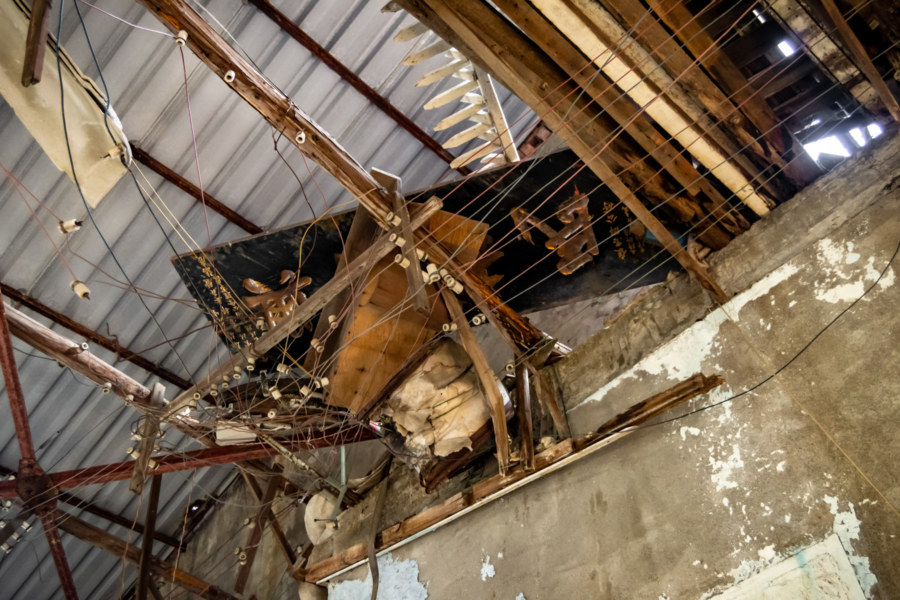
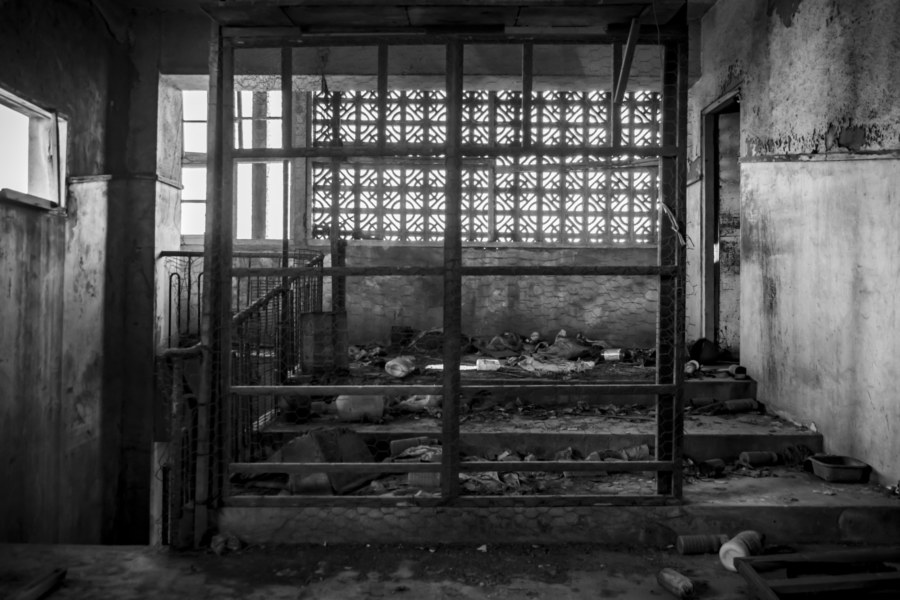

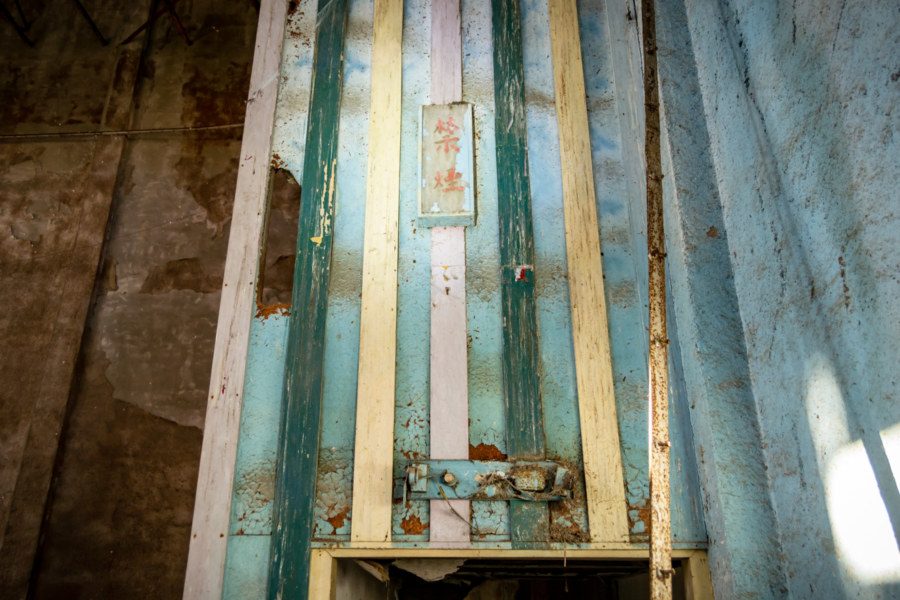
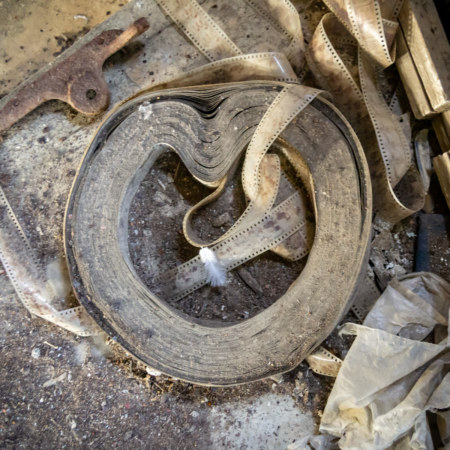
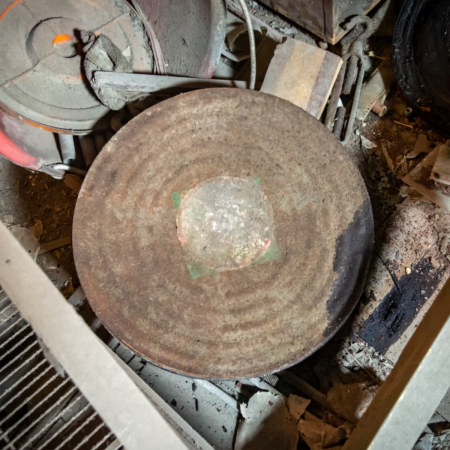
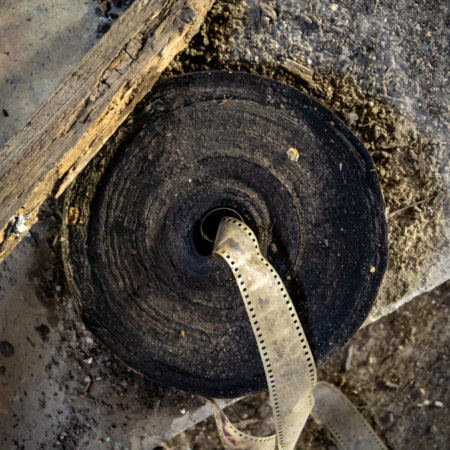
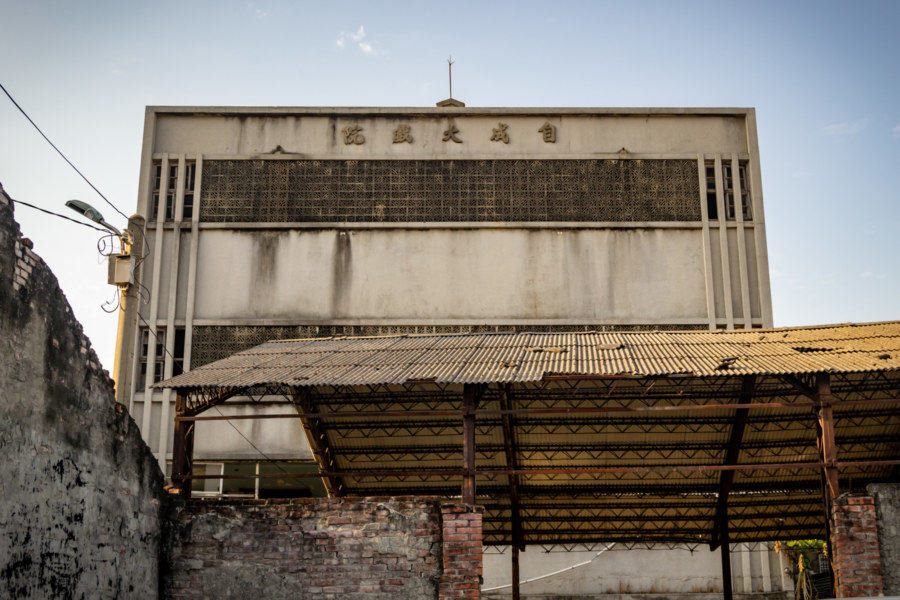
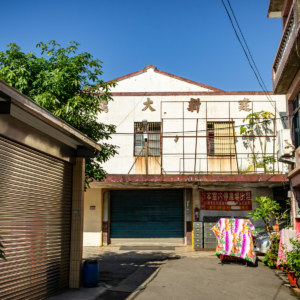
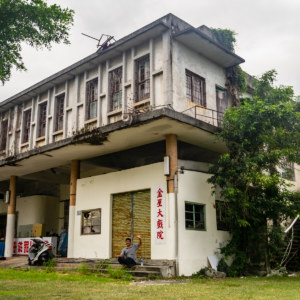
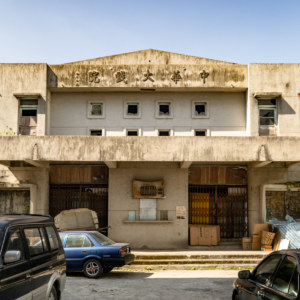
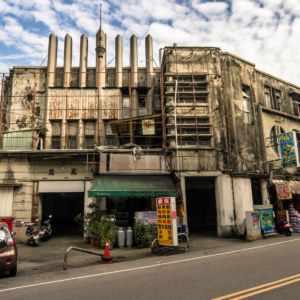
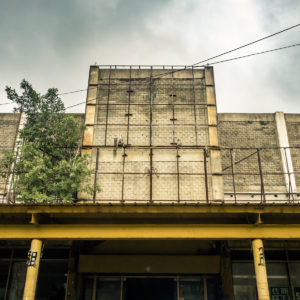
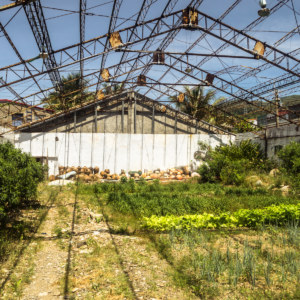
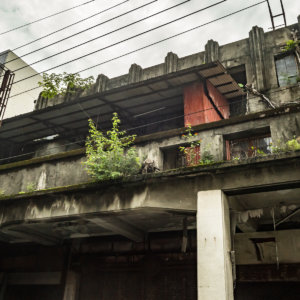
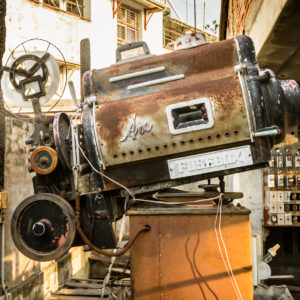
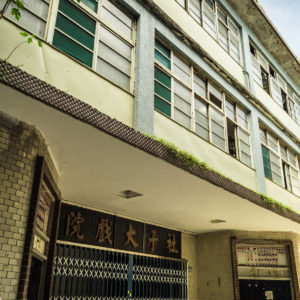
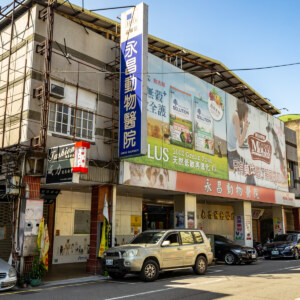
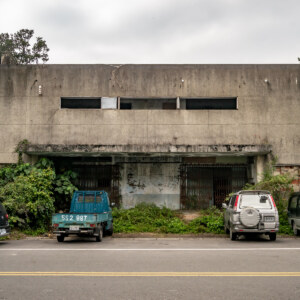
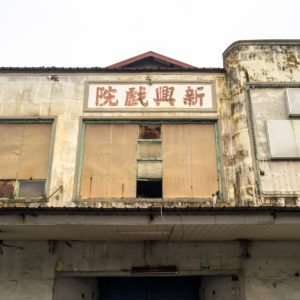
Write a Comment